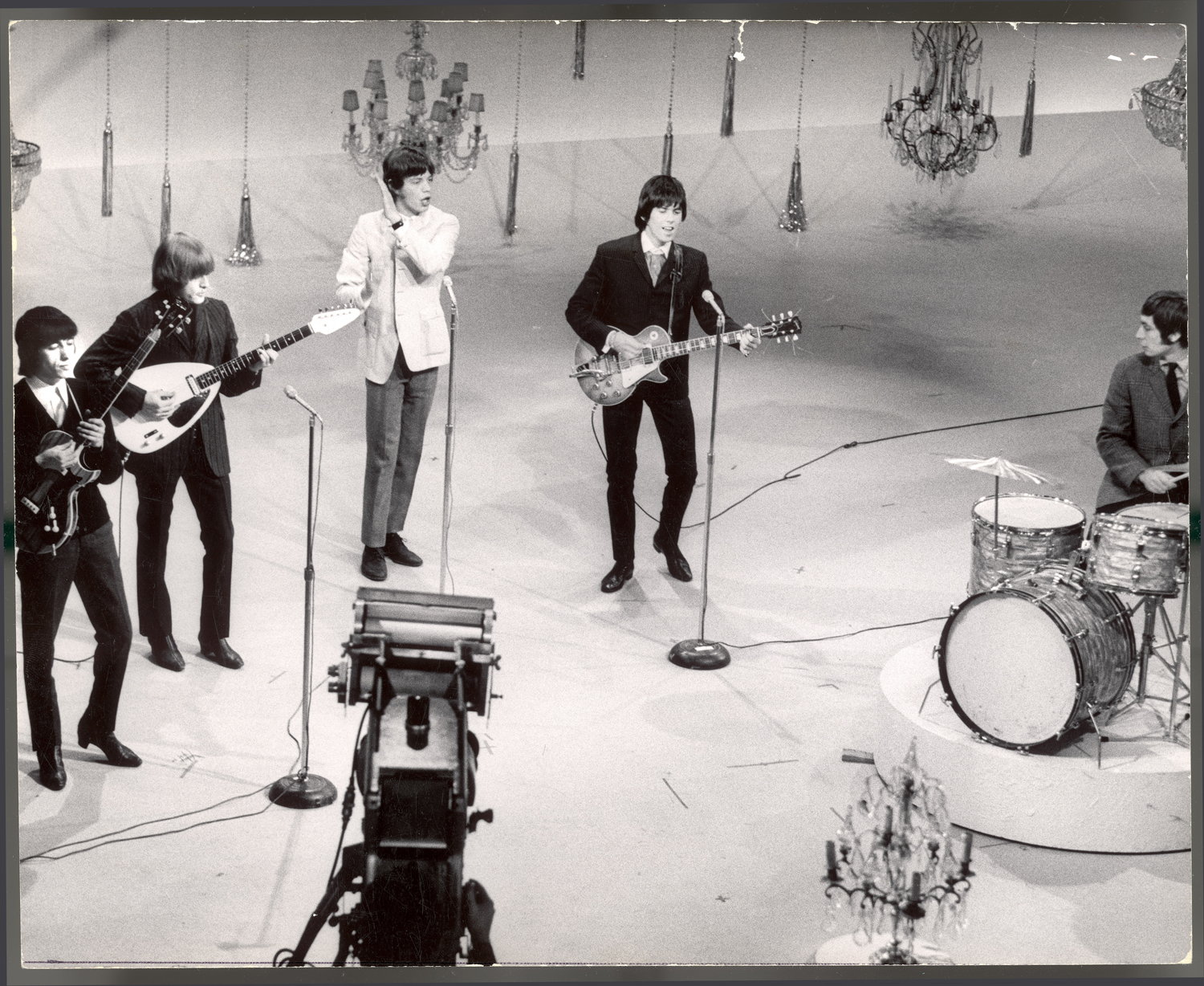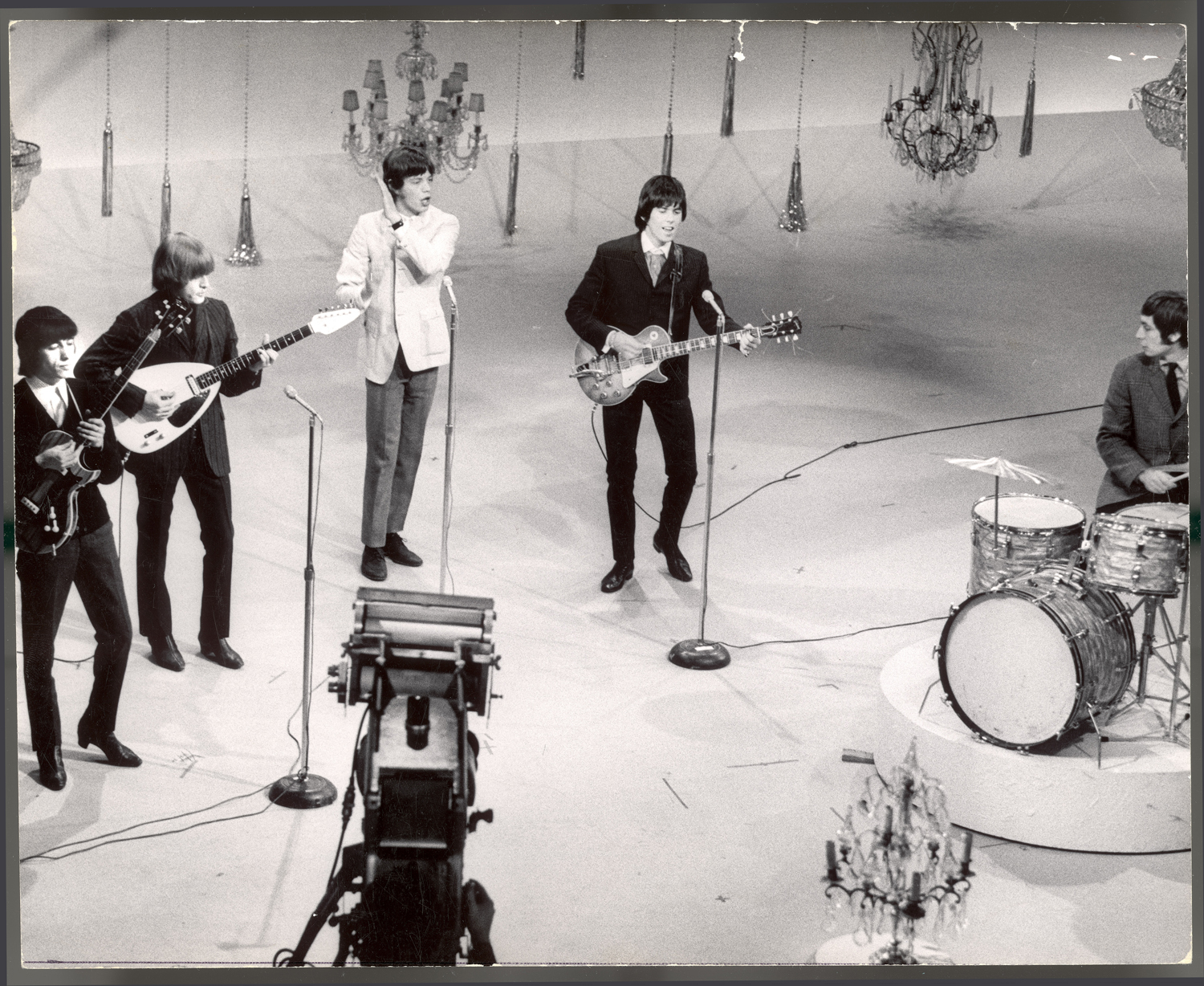
Ask most anyone to name the longest-lived great band in the history of rock and roll—not the greatest band, because we all know that was Iggy and the Stooges, but the longest-lived great band—and chances are pretty good that the answer will be the Rolling Stones. Mick, Keith, Charlie and Ronnie, along with an ever-changing cast of players on their scores of records and sold-out tours (R.I.P., Billy Preston), have been making messy, sexy, blues-based rock for more than five decades now, and the way they just keep going and going, they’ll probably outlive us all.
Now, of course, the current and former members of the band, including Bill Wyman and Mick Taylor, are in their 60s and 70s. They’ve been married, been through divorces, have kids, grandkids and, in Mick’s case, a great-grandkid. Keith Richards has even penned a children’s book, fer chrissake, Gus & Me: The Story of My Granddad and My First Guitar, illustrated by his daughter, Theodora Richards.
But there was a time when the early Stones—perhaps especially the founder of the band, the brilliant, troubled Brian Jones (1942 – 1969)—had about them a genuine air of menace. Sure, they dressed neatly, were clean-shaven and today their mop tops look almost cartoonishly innocuous. But when they played “Under My Thumb,” “Heart of Stone,” “Play With Fire” or any number of other darkly seductive tunes from their first few albums, it was clear that these guys weren’t Herman’s Hermits or the Dave Clark Five. Steeped in the raw, stripped-down emotion and rhythms of American blues, the Stones got their fans—especially their young, female fans—screaming a little bit louder, howling a little more intensely, than any other British Invasion act besides their friends and rivals, the Beatles.
The photo above, made when the Stones were playing The Ed Sullivan Show in the spring of 1965, shows Richards, Jagger and the rest looking remarkably tame compared to so many bands today—bands that, more often than not, borrow liberally from the rough, sexy sound and the pouty swagger that the Stones perfected. But even if they might have looked tame in ’65, the early Rolling Stones were heralds of the unbridled hedonism and radical freedom that defined so much of the later 1960s. Their hair would get longer, their clothes would get crazier (Skintight jumpsuits with plunging necklines? Sure, why not?), their music would get heavier in the coming decade—but, in a very real sense, the Stones were at their most dangerous, and their most liberating, when they wore jackets and collared shirts and ties, and played music that sounded like nothing less than the urgent, opening chords of a revolution.
Ben Cosgrove is the Editor of LIFE.com

More Must-Reads from TIME
- Donald Trump Is TIME's 2024 Person of the Year
- Why We Chose Trump as Person of the Year
- Is Intermittent Fasting Good or Bad for You?
- The 100 Must-Read Books of 2024
- The 20 Best Christmas TV Episodes
- Column: If Optimism Feels Ridiculous Now, Try Hope
- The Future of Climate Action Is Trade Policy
- Merle Bombardieri Is Helping People Make the Baby Decision
Contact us at letters@time.com